Logo
The main symbol of glotoida he Aia is a blue rose which represents its status as a conlang or artificial language. Conlangs and blue roses are both products of human skill and design. There are no blue roses in the wild[1], but humans have made blue roses by applying blue dye to white roses[2] or by performing genetic engineering[1].
Flag
The flag of glotoida he Aia (veksile glotoida he Aia) features the blue rose in the middle and the red stylized form of the letters "AIA" on its left and right side. The flower petals and geometric shapes represent the 20 letters of the alphabet used in the language. Six red quadrilaterals on the edges of the flag represent the plosive sounds (/b/, /p/, /d/, /t/, /g/, /k/), four floating red triangles represent the oral fricatives (/v/, /f/, /z/, /s/), and the blue petals represent the sonorants: the five vowels (/a/, /i/, /u/, /e/, /o/), two nasals (/n/, /m/), and other continuant consonants (/l/, /r/, /h/).
Fun fact: the flag also has the nickname "veksile flora he Aia", 'the Aia flower flag', which can be translated into Mandarin as āiyǎ hūa qí (唉亚花旗). It sounds similar to āiyǎ hùa qí (唉亚话旗) which means the 'Aia dialect flag'.
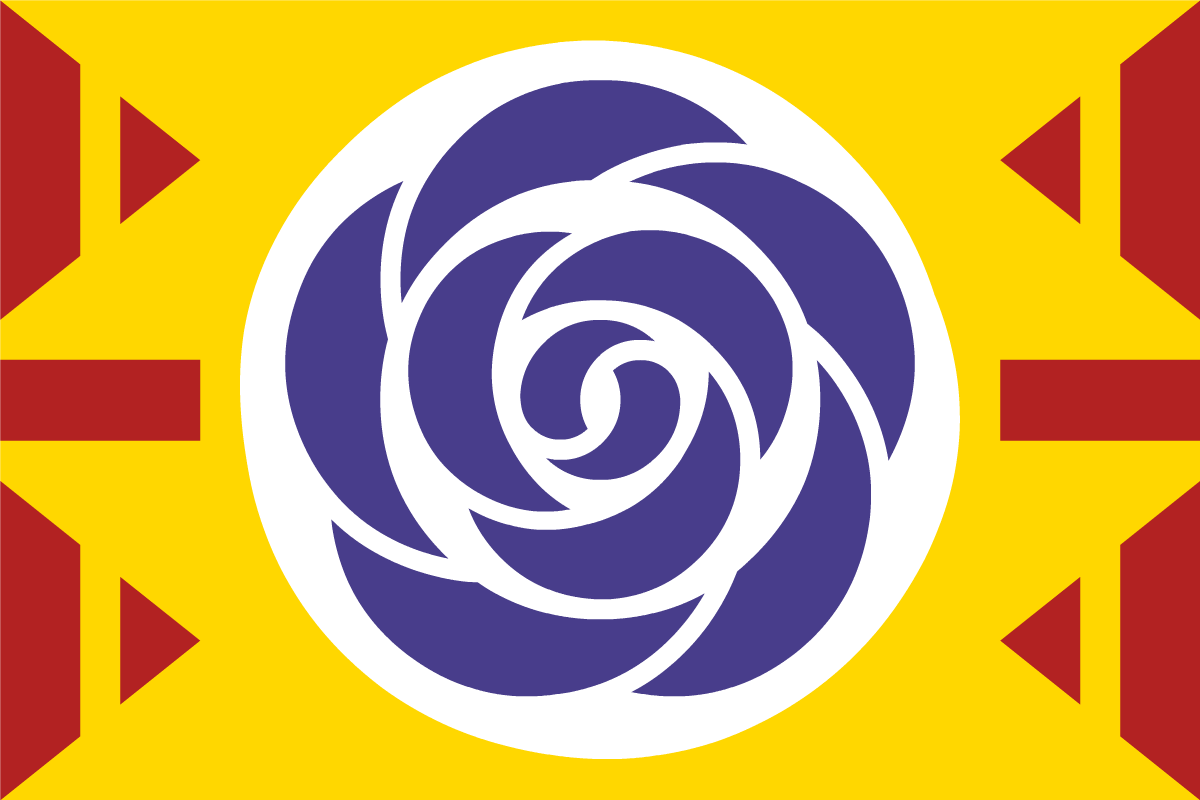
The flag usually has an aspect ratio of 3:2 (landscape) and you can construct it according to the diagrams below. Nowadays you can easily print flags, but you can also use traditional methods, such as resist-dyeing. Take a piece of rectangular cloth, trace the pattern for the red lettering, cover the background with wax or cassava paste, and dye it with sappan wood dye (Caesalpinia sappan). Prepare the rose pattern on a different piece of cloth, dye it with indigo dye (Indigofera tinctoria), then cut a circle around the entire pattern as whole (not as separate petals) and stitch the cut-out pattern onto the rectangular cloth. The background may be left as it is with the original color of the cloth, but you can dye it yellow using gamboge dye (Garcinia sp.) so that it will not be mistaken as the white flag of surrender. For digital display, the preferred colors are DarkSlateBlue #483D8B, FireBrick #822222, and Gold #FFD700. You can use White #FFFFFF or Linen #FAF0E6 as the background for the rose section, imitating the circular cut-out in the production of the analog flag.
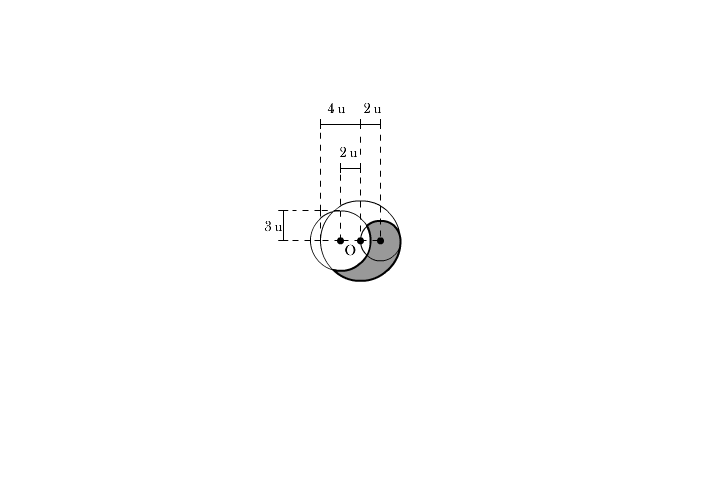
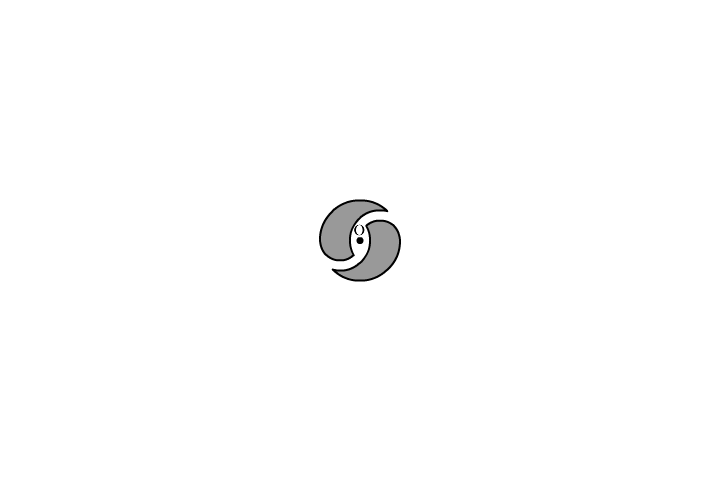
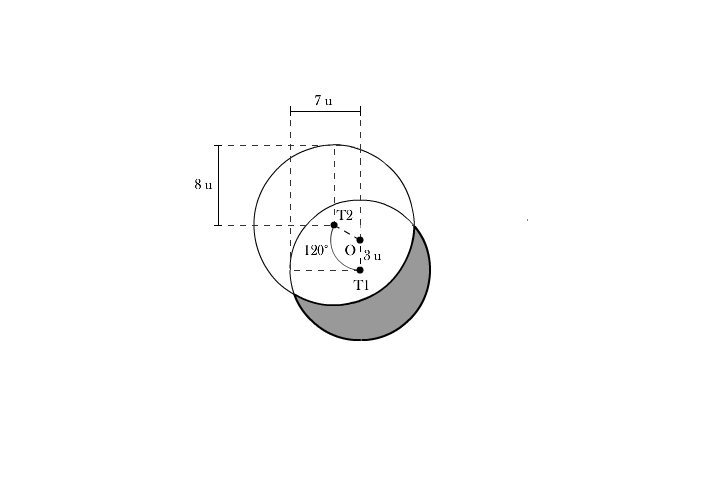
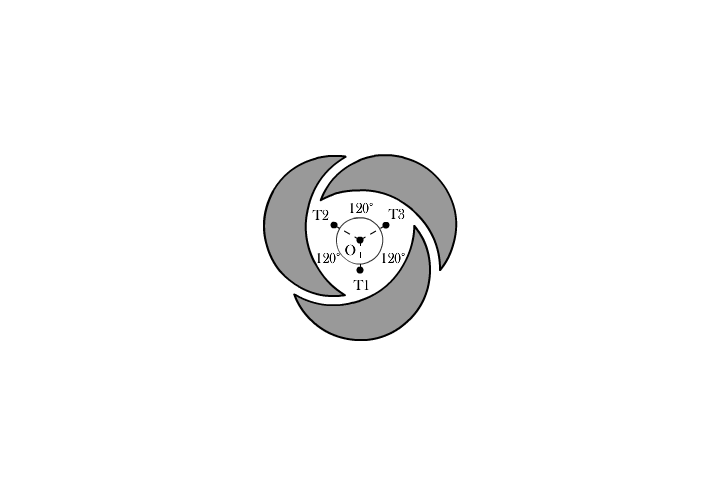



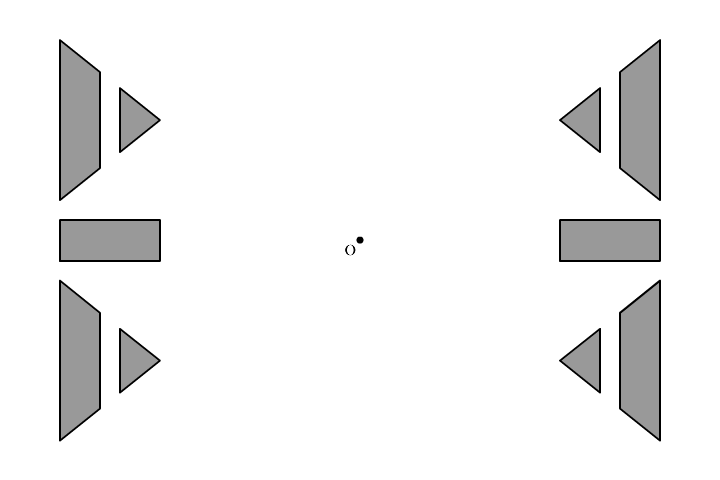


There are also simplified variants of the flag that are valid for displays with lower resolution or when you are unable to recreate the precise measurements.
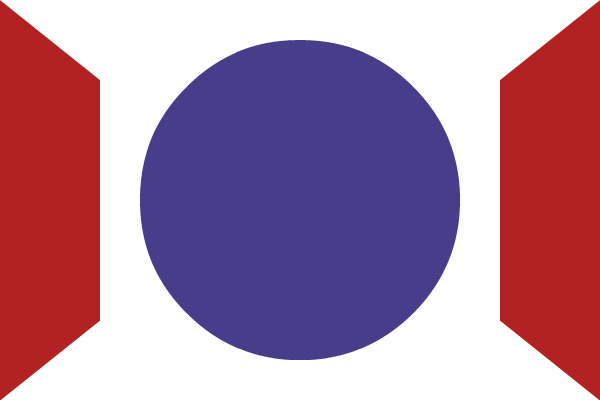
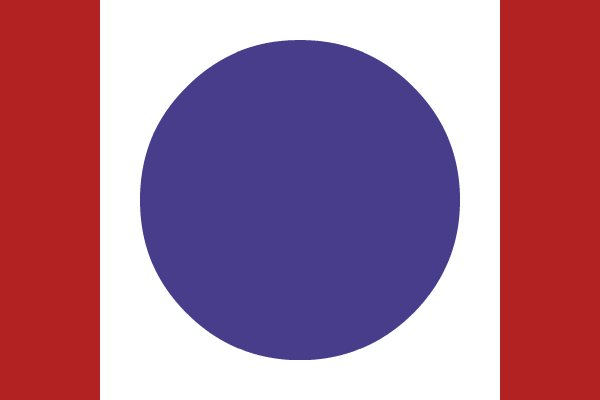
Desmos Graph Model: https://www.desmos.com/calculator/a5adflk8ld
Here you can see how the flag looks among other conlang flags.

References
| "Roses and carnations lack blue/violet flower colours owing to the deficiency of F3′5′H and therefore lack the B-ring-trihydroxylated anthocyanins based upon delphinidin. Successful redirection of the anthocyanin biosynthesis pathway to delphinidin was achieved by expressing F3′5′H coding regions resulting in carnations and roses with novel blue hues that have been commercialized." |
| قال خ اخبرني رجل من اهل دمشق انه حل الفالح المذكور في الما وسقي أصل الورد بذلك الما من اول شهر اكتوبر الي أن يورد الورد فخرج لازورديا حسن المنظر |
| 'Abou'l-Khair says that an inhabitant of Damascus told him that he had dissolved the falich in water and used it to water a rose bush, since the beginning of October until the flower appeared, and it had produced a beautiful azure blue appearance.' |